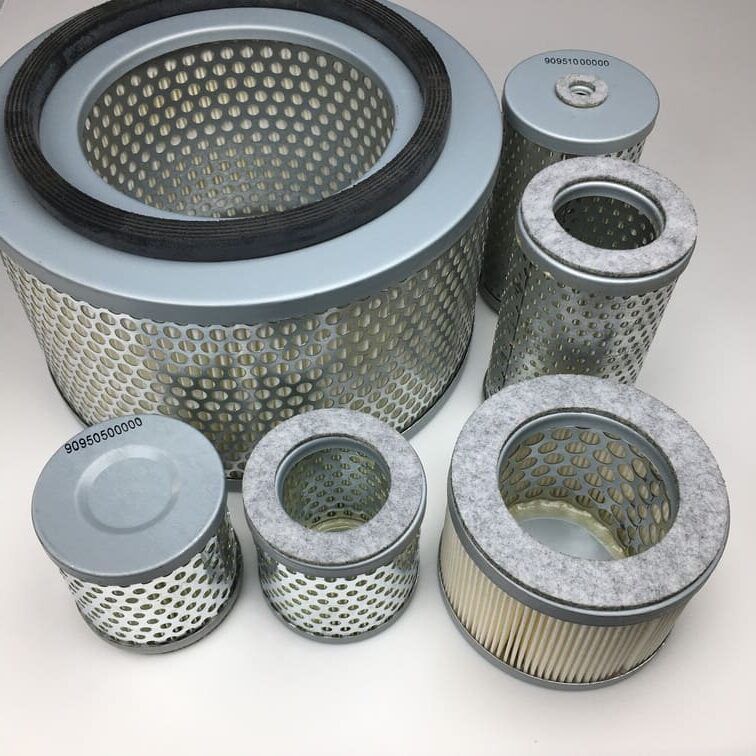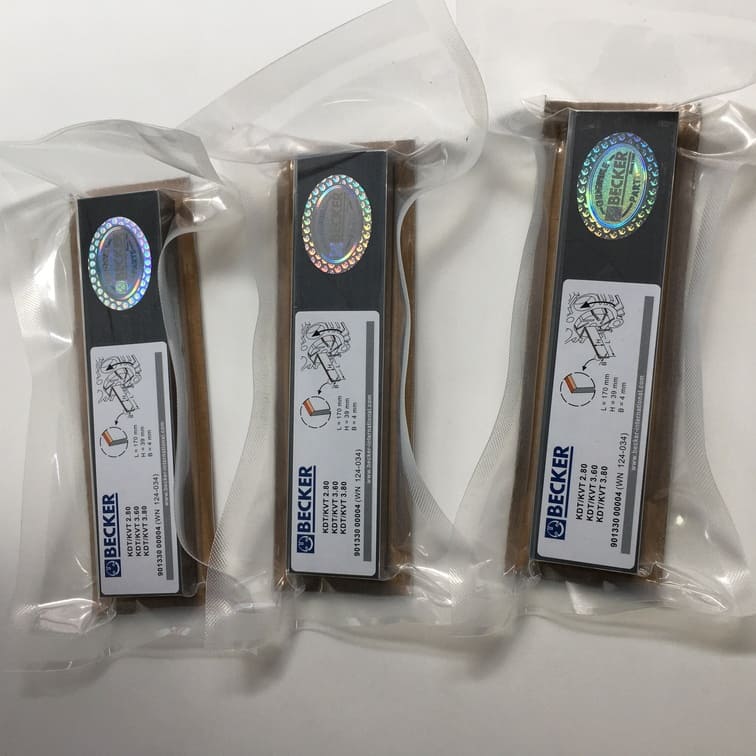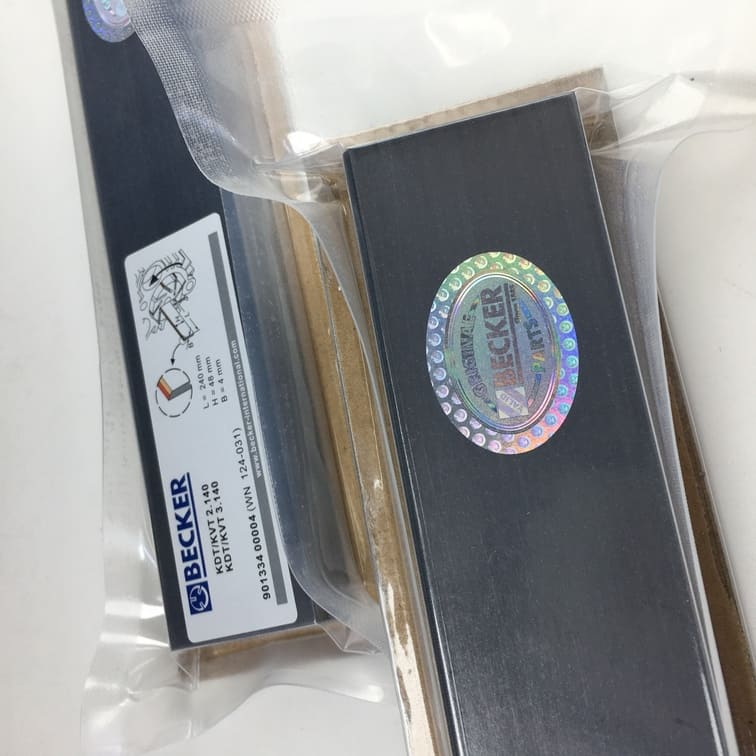What is an Engine Vacuum Pump?
When we talk about cars and engines, we often hear about terms like vacuum, pump, and vacuum pump. But what exactly is an engine vacuum pump, and why is it so important? In this comprehensive article, we will explore the purpose, functionality, and maintenance of engine vacuum pumps in vehicles. By the end, you’ll have a deeper understanding of this vital engine component and its role in ensuring smooth engine operation.
Understanding the Basics of an Engine Vacuum Pump
An engine vacuum pump is an essential component that helps create a vacuum within the engine. This vacuum is crucial for supporting a wide range of systems in a vehicle, such as the brake booster, exhaust gas recirculation (EGR) systems, and other engine functions that require consistent pressure. This vacuum is not to be confused with the one used in vacuum cleaners; instead, it deals with air pressure management within a vehicle’s engine.
In most vehicles, the engine produces a vacuum naturally due to the pistons’ movement during combustion. However, modern engines, particularly diesel engines, need an additional boost to create sufficient vacuum pressure, which is where the vacuum pump comes in. The vacuum pump ensures that even at low engine speeds or when the intake manifold does not generate enough vacuum, essential systems still function efficiently.
Types of Engine Vacuum Pumps
There are several types of engine vacuum pumps, and each serves a different function, depending on the design and purpose of the vehicle.
- Mechanical Vacuum Pumps: These are often driven by the engine camshaft or accessory belts and are usually found in diesel or gasoline engines. Mechanical pumps use rotational motion to create a vacuum.
- Electric Vacuum Pumps: Electric pumps are often found in modern hybrid or fully electric vehicles. These pumps are not connected directly to the engine and are controlled electronically, making them efficient and easy to manage.
- Vane Vacuum Pumps: These pumps utilize carbon vanes to generate a vacuum and are known for their reliability and effectiveness.
Internal Link: For more information on carbon vanes and other parts for vacuum pumps, refer to our carbon vane sets.
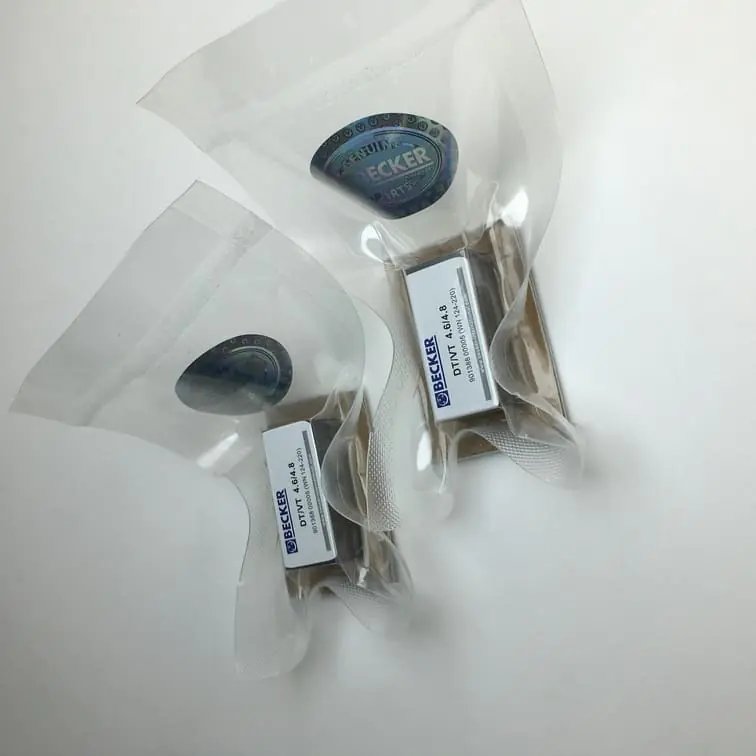
Why Do Engines Need a Vacuum Pump?
The primary role of a vacuum pump is to assist the engine in maintaining necessary vacuum levels. But what exactly is the need for this vacuum?
- Brake Booster Assistance: The most common use for an engine vacuum pump is to assist the brake booster. When you press on the brake pedal, the vacuum helps amplify the pressure, making it easier to stop the vehicle with minimal effort.
- Emission Control Systems: Vacuum pumps are also used in controlling the EGR valve, which helps reduce harmful emissions by recirculating part of the exhaust gases into the combustion chamber.
- Positive Crankcase Ventilation (PCV): The PCV system helps keep emissions down by directing unburnt gases from the crankcase back to the intake manifold. The vacuum is essential to draw these gases and ensure they are properly processed.
How Does an Engine Vacuum Pump Work?
An engine vacuum pump typically works by drawing air in from one side and expelling it out the other, thereby creating a pressure difference. The internal mechanisms that make this possible vary by pump type but often involve a series of rotors and vanes that move air out of the chamber.
In mechanical vacuum pumps, the camshaft or accessory belts drive a rotor that, in turn, moves the vanes inside the pump. These carbon vanes sweep against the chamber wall to create an airtight space, forcing air out and creating a vacuum. Electric pumps operate on similar principles but are powered by an electric motor rather than a direct mechanical connection to the engine.
Internal Link: To understand more about the role of air filters in maintaining clean air for vacuum pumps, visit our Becker Air Filter page.
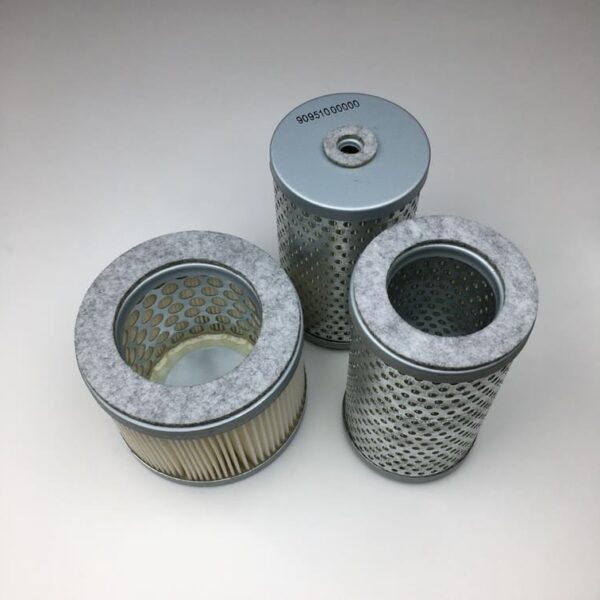
Key Components of an Engine Vacuum Pump
To understand an engine vacuum pump more thoroughly, let’s look at some of the key components that make it work.
1. Rotor and Vanes
The rotor is a central component that moves inside the pump casing. Attached to the rotor are vanes that slide in and out as the rotor turns. These vanes help trap air and create the necessary pressure differences to generate a vacuum.
- Carbon Vanes: The use of carbon vanes in vacuum pumps ensures that the internal friction is minimized, making the pump more durable and efficient.
2. Casing
The casing is another critical part that ensures the rotor and vanes function properly. It provides an airtight environment where the rotor and vanes can efficiently generate a vacuum.
3. Inlet and Outlet Valves
The inlet valve allows air into the pump, and the outlet valve helps release it. This cycle is what creates the vacuum within the system. The efficiency of these valves is essential to maintaining consistent vacuum pressure.
Common Problems with Engine Vacuum Pumps
Engine vacuum pumps are subject to wear and tear, just like any other component. Here are some common problems that can affect their efficiency.
1. Worn Out Vanes
Over time, carbon vanes can become worn out, reducing the efficiency of the pump. Worn vanes will lead to insufficient vacuum pressure, which can impact braking performance or other vacuum-dependent systems.
2. Leaking Seals
Leaking seals can compromise the airtight environment inside the pump, leading to loss of vacuum pressure. This issue can often be solved by replacing worn seals.
3. Contaminants in the System
Dirt and debris can enter the pump if the air filter is not functioning correctly. These contaminants can damage internal components, leading to reduced performance or even complete pump failure.
Tip: Regularly changing the air filter and servicing the vacuum pump can help extend its life and ensure optimal performance.
Diagnosing Engine Vacuum Pump Issues
If you suspect that your vehicle’s vacuum pump is not functioning correctly, here are some symptoms to watch out for:
- Stiff Brake Pedal: A stiff brake pedal may indicate that the vacuum pump is not providing enough pressure to the brake booster.
- Poor Engine Performance: If the EGR system is not functioning correctly, due to insufficient vacuum, you may notice a decline in engine performance.
- Hissing Noise: A continuous hissing noise under the hood may indicate a vacuum leak, which needs to be addressed immediately.
Testing the Vacuum Pump
To determine if your engine vacuum pump is functioning properly, you can use a vacuum gauge. Attach the gauge to the outlet of the pump and observe the reading. A healthy vacuum pump should create adequate pressure according to the vehicle manufacturer’s specifications.
How to Maintain an Engine Vacuum Pump
Proper maintenance can help keep your vacuum pump functioning optimally for an extended period. Here are some tips for maintaining your engine vacuum pump.
1. Regular Inspections
Check the vacuum pump and its components regularly for any signs of wear, such as worn-out vanes or leaking seals. Regular inspections can help detect problems before they escalate.
2. Replace Worn Components
If any components are worn out, such as the vanes or seals, replace them immediately. Replacing worn parts will ensure the pump continues to function efficiently.
3. Change Air Filters
The air filter prevents dirt and debris from entering the vacuum pump. Make sure to change the filter according to the manufacturer’s schedule to prevent contaminants from damaging the pump.
The Importance of Engine Vacuum Pumps in Modern Vehicles
As automotive technology advances, the role of vacuum pumps in ensuring the smooth functioning of vehicles has become increasingly important. Vacuum pumps are not only vital for brake assist systems but are also essential for emission control and fuel efficiency. In modern turbocharged engines, vacuum pumps help maintain optimal pressure levels even when engine-generated vacuum is low.
Check out more about how modern vacuum pump technology can benefit your vehicle by visiting our vacuum pump technology page.
FAQs
1. What does an engine vacuum pump do?
An engine vacuum pump creates a vacuum to assist various vehicle systems, including the brake booster and emission controls. It helps maintain optimal engine pressure.
2. How often should I replace my engine vacuum pump?
The replacement interval for a vacuum pump depends on the vehicle and usage. However, most pumps can last anywhere between 60,000 to 100,000 miles with proper maintenance.
3. Can I drive with a faulty vacuum pump?
Driving with a faulty vacuum pump is not recommended as it may affect critical systems like the braking mechanism, leading to safety issues.
4. How do I know if my vacuum pump is bad?
Signs of a bad vacuum pump include a stiff brake pedal, poor engine performance, or a hissing noise under the hood, indicating a possible leak.
5. Can electric vehicles use engine vacuum pumps?
Yes, electric vehicles often use electric vacuum pumps to provide necessary vacuum pressure for systems like the brake booster, as electric motors do not naturally create a vacuum.
Conclusion
In summary, an engine vacuum pump is a critical component of modern vehicles, helping to maintain optimal pressure for systems that rely on a vacuum, such as brakes and emissions controls. Understanding how vacuum pumps work, their maintenance needs, and potential issues can help ensure that your vehicle runs smoothly and safely.
Proper care, such as replacing worn components and keeping the system clean, is key to extending the life of your engine vacuum pump. Whether you are a DIY enthusiast or prefer professional servicing, staying informed about the vacuum pump’s role will help you make better maintenance decisions.
For more information on parts and servicing options for vacuum pumps, consider visiting vacuumpumppart.com, where we offer a variety of high-quality spare parts and helpful resources.

